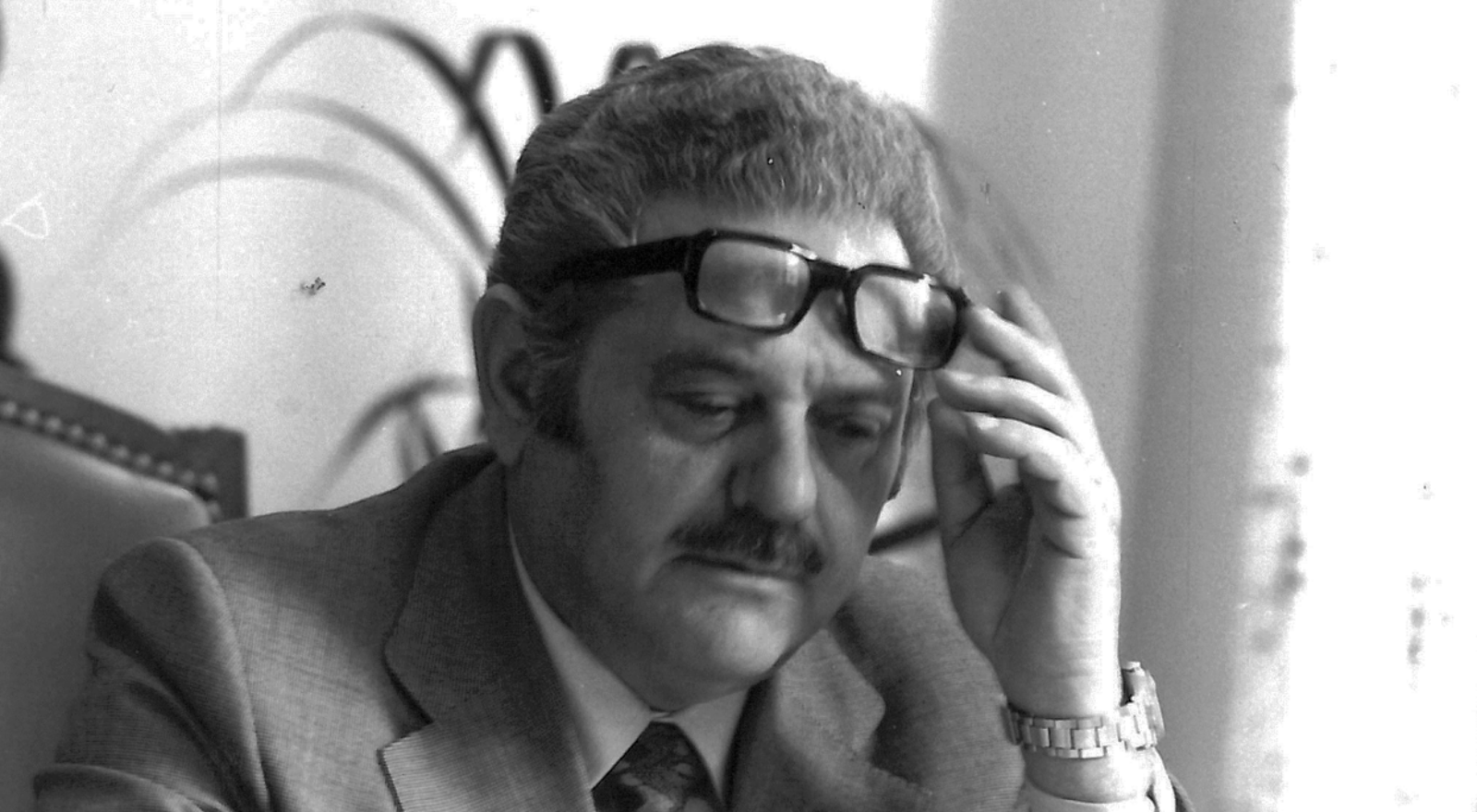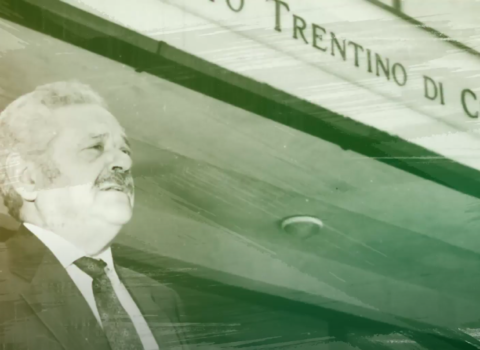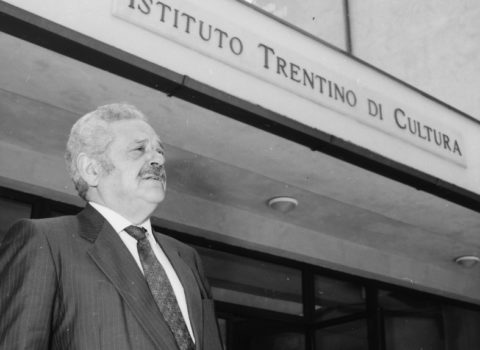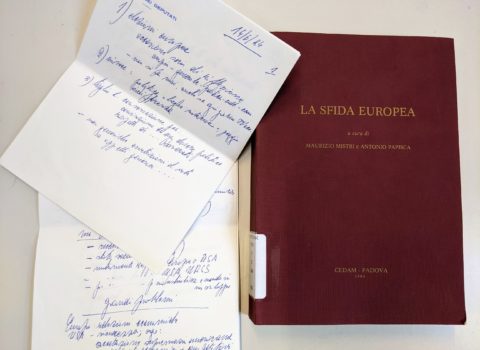
February 17, 1924 – February 17, 2023 (for he time being)
99 years after Kessler's birth, we are preparing to celebrate his centenary by trying to rediscover his figure. Reflecting on anniversaries and especially on the individuals who inspire them.
Anniversaries are increasingly dictating the agenda of public memory. On closer inspection, our project, too, took its cue from such an occasion: Bruno Kessler was born in Cogolo di Peio on February 17, 1924, exactly 99 years ago. Next year in short we will celebrate 100 years since his birth. The cue of this date helps us today to revive interest around a figure still too little studied.
Anniversaries related to a person’s life journey are different from those commemorating events in a community’s history. We have all witnessed the blossoming of works, of varying scientific depth, on the occasion of the centenary of the Great War, and we remember the many events, throughout Italy, including Trento, that have been going on for years around a wide variety of topics connected to World War I. The story of a single individual can hardly stimulate the same level of general attention (I would say, perhaps, fortunately). It assumes importance the more we can place it within a given social, economic and, in our case especially, political context. In fact, the goal of this project is not limited to the reconstruction of Bruno Kessler’s political biography, but intends to start a new (arguably “the first”) season of studies on Kessler-led Trentino. In this sense, I believe that anniversaries can be useful to historical research: to give it new momentum.
My starting point remains Kessler’s biography, which is also possible today thanks to the new availability of private papers, another founding reason for the project. In recent years, biographies are once again finding an accredited space within historical studies (for a discussion on a biographical turn I suggest that you attend the next ISIG Study Week, scheduled for December 2023). For a long time, historiography viewed these kinds of publications, generally aimed at a wider audience than academics, with suspicion. However, the research involved in a biography is very complex because it leads to interfacing with different types of archives: institutional, personal, as well as educational and administrative archives. The most difficult part, however, I think is to engage with the person you are studying, without ever losing sight of him or her, but at the same time without making him or her a hagiography.
I began the biographical research work by trying to reconstruct Kessler’s life before he entered politics in 1956: his childhood, educational background and early work. All those aspects that until now had been little explored even in the rare and scarce biographies dedicated to him.
First step: finding the family of origin, a seemingly easy job since the Nati in Trentino platform is freely accessible online and contains data from parish registers from 1815 to 1923. Too bad, however, that by searching for “Kessler,” we find only 6 names and none in Vermiglio, the family’s home town. So I went to the Diocesan Archives, armed myself with patience and began to consult the digitized registers. I found his brother, known as Father Angelico, born in Vermiglio in 1922: Onorato Kesler. I then searched for his father, John (1888-1928), and his six siblings, all born in Vermiglio. Giovanni and Edoardo are listed with the last name Kesler; Aurelio and Onorato with Kösler; Maria, Attilio and Renato with Koessler. In short, every time the vicar changed, so did the family last name.
Bruno is not there because the data are digitized only up to 1923, when municipalities took over registry operations. One more page would have sufficed… fortunately, the table of contents is also updated for later years, where I finally found Bruno Chesler and sisters Antonia and Anna Maria, still with the same version of the last name. Between June 7, 1922, when Onorato was born, and February 17, 1924, not many months had passed, but not only had the vicar changed (and the village since the family had moved to Cogolo): the government had also changed. Fascism, now in power, did not look kindly on the German minority, and if the laws on Italianization of last names were to be enacted later, perhaps removing the K was a precautionary move to better navigate that new political climate.
Bruno himself also appears later on several documents with different last names: Chesler, Chessler, Kesler, Kessler. Imagine my bewilderment when the very kind archivist at the University of Padua responded to my inquiry by stating that Bruno Kessler had never been enrolled at that university. Within minutes we realized that a file was indeed there: that of Bruno Chesler, a last name later crossed out and replaced by Kesler.
Multiple personalities or lax regulation on llast names? I lean toward the latter. However, I find this alternating the same but different last names interesting. Does it make my job difficult? Definitely! Perhaps it also tells us something about what it means to study a biography. People’s lives are not a linear path. It is made up of stages, of randomness, of connections, of decisions, and the cards don’t always tell us everything, but more importantly, we can’t always find those cards.
One and Many, Kessler/Kesler/Chesler/Chessler will hopefully be our lenses for reading a piece of Trentino history.




